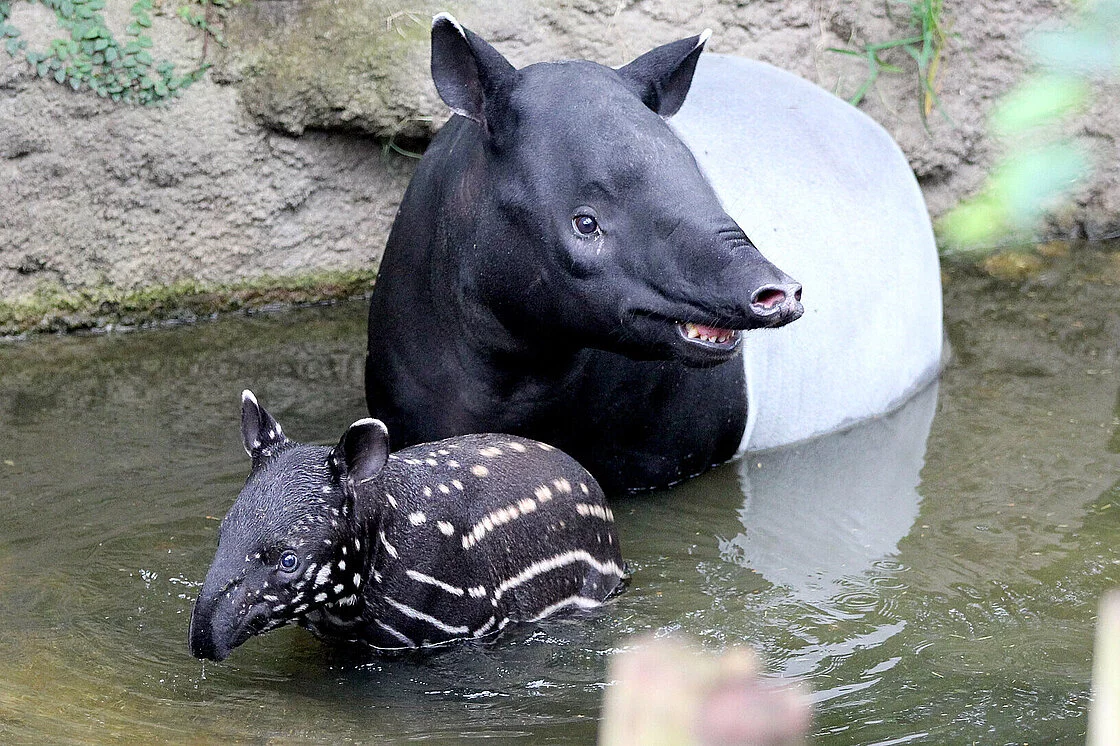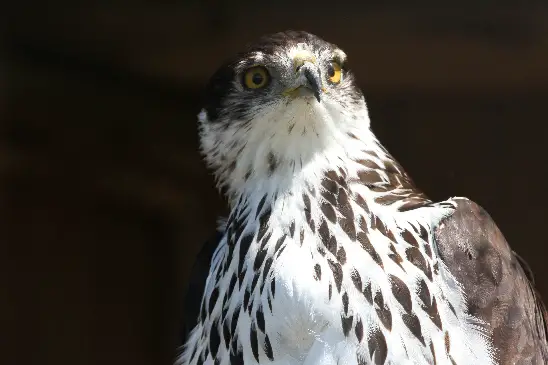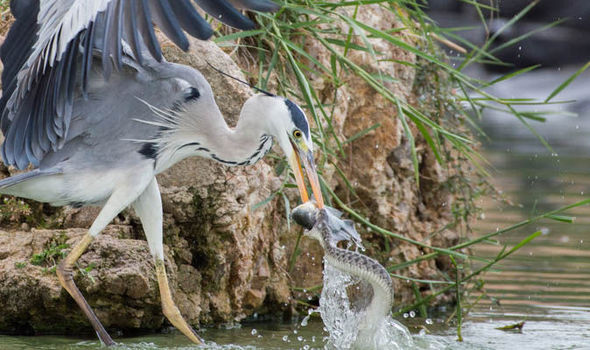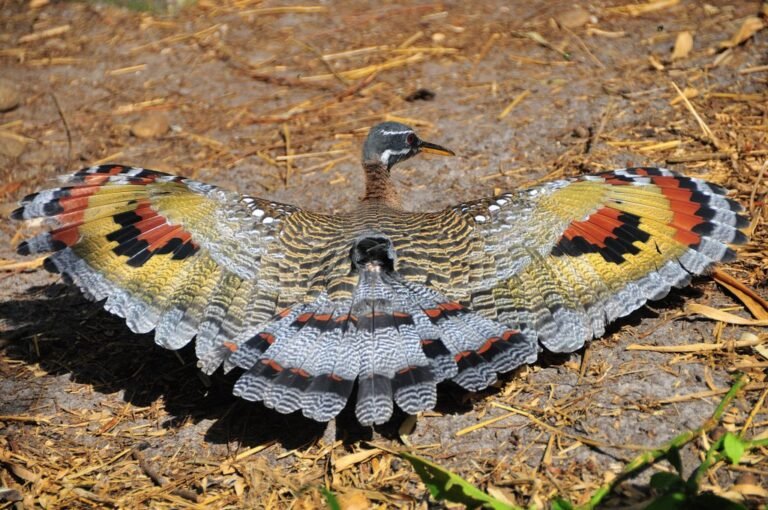Fascinating Facts About Tapirs: Nature’s Gentle, Ancient Herbivores
The tapir is one of the most unique and intriguing animals you might not know much about. With its distinctive shape, snout-like nose, and prehistoric lineage, this remarkable creature roams the tropical forests of South and Central America and parts of Southeast Asia. Though they resemble a mix between a pig and an anteater, tapirs are actually more closely related to horses and rhinoceroses!
Let’s explore some of the most interesting facts about tapirs and what makes them such special members of the animal kingdom.
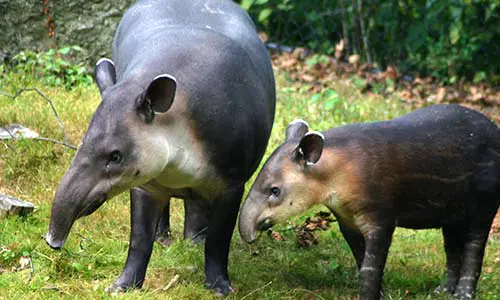
1. A Living Fossil: Tapirs Have Been Around for Millions of Years
Tapirs are often referred to as “living fossils” because their ancestors have roamed the Earth for over 20 million years. Fossil records indicate that tapirs have remained largely unchanged in their appearance since the Miocene epoch. Their evolutionary stability has allowed them to survive a variety of environmental changes over millennia.
2. There Are Four Species of Tapirs
Though all tapirs may look quite similar at first glance, there are actually four distinct species:
- Baird’s tapir (Central and South America)
- Brazilian or Lowland tapir (South America)
- Mountain tapir (Andes Mountains)
- Malayan tapir (Southeast Asia)
Of the four, the Malayan tapir is the most striking in appearance, with its black and white markings that resemble a giant panda. The other three species have brown or grayish coats and are typically found in the dense rainforests of their respective regions.
3. Tapirs Have an Elephant-Like Snout
One of the most recognizable features of the tapir is its elongated, flexible snout, which is actually an extended upper lip and nose. This snout functions similarly to an elephant’s trunk and allows the tapir to grasp leaves, fruits, and branches with ease. Tapirs use their snout to reach food that might otherwise be out of reach and can even use it to snorkel while swimming!
4. They Are Excellent Swimmers
Tapirs might seem a bit bulky on land, but they are excellent swimmers and divers. They often retreat to rivers and lakes to cool off, evade predators, or search for aquatic plants. Their webbed feet help them paddle through the water with ease, and they can hold their breath for several minutes while submerged. In some cases, tapirs will even sleep partially submerged in water, with only their snout above the surface for breathing.
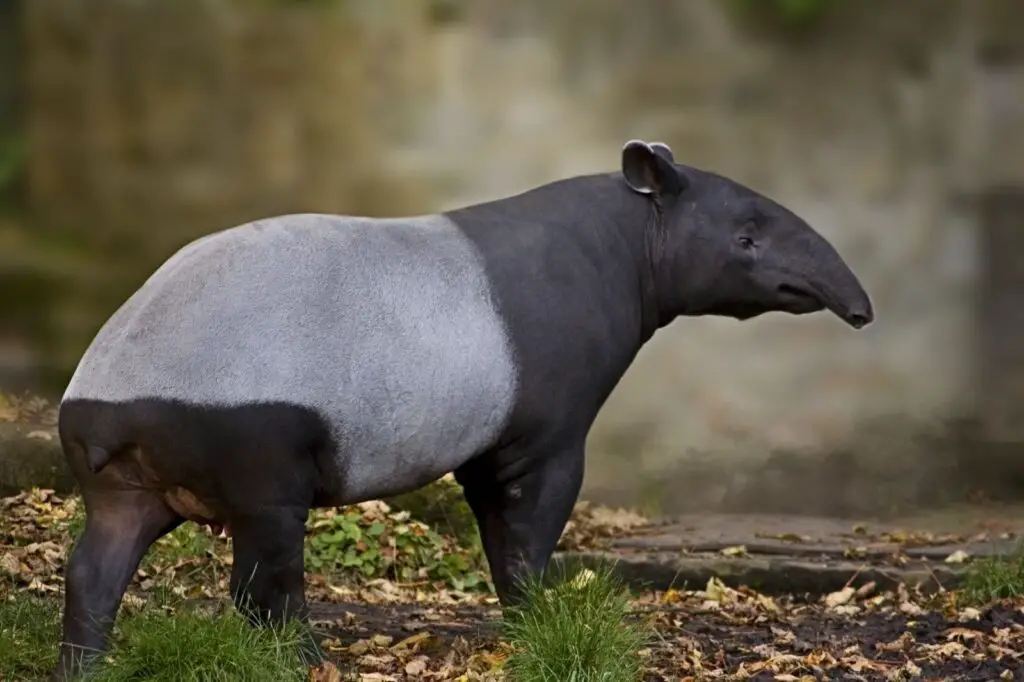
5. Tapirs Play a Key Role in Ecosystems
As herbivores, tapirs spend much of their day grazing on leaves, fruits, and plants. In doing so, they perform a crucial ecological role by dispersing seeds throughout their habitats. Tapirs consume a wide variety of fruits and often travel great distances, spreading the seeds of the plants they eat via their droppings. This process helps maintain the health of the rainforest and promotes biodiversity.
6. They Are Solitary and Nocturnal
Tapirs are generally solitary animals, preferring to live and forage alone. They are also nocturnal, meaning they are most active during the night. During the day, they typically rest in dense vegetation, using their excellent sense of smell and hearing to remain alert to any approaching predators, such as jaguars, tigers, or crocodiles.
7. Baby Tapirs Have Adorable Stripes and Spots
One of the most charming facts about tapirs is that their babies are born with a pattern of stripes and spots all over their bodies, similar to the markings of a watermelon! This pattern helps camouflage them in the forest undergrowth, protecting them from predators. As the young tapirs grow older, the stripes gradually fade away, and they take on the solid coat of an adult.
8. Tapirs Are Endangered
Despite their long history on Earth, all four species of tapirs are currently listed as endangered or vulnerable due to habitat loss, deforestation, and hunting. In particular, the Mountain tapir and Baird’s tapir face significant threats in their native regions. Conservation efforts are underway to protect these unique animals and ensure they have a future in the wild.
Conclusion
The tapir is an extraordinary creature with a fascinating history and a vital role in maintaining its ecosystem. With its ancient lineage, distinctive snout, and adorable babies, the tapir is a truly unique member of the animal world. However, with their populations in decline, it’s more important than ever to raise awareness about these gentle giants and work towards their conservation.
This blog is optimized with key terms such as “tapir facts,” “endangered tapirs,” and “tapir species,” ensuring that it reaches readers interested in wildlife conservation and unusual animal species.
